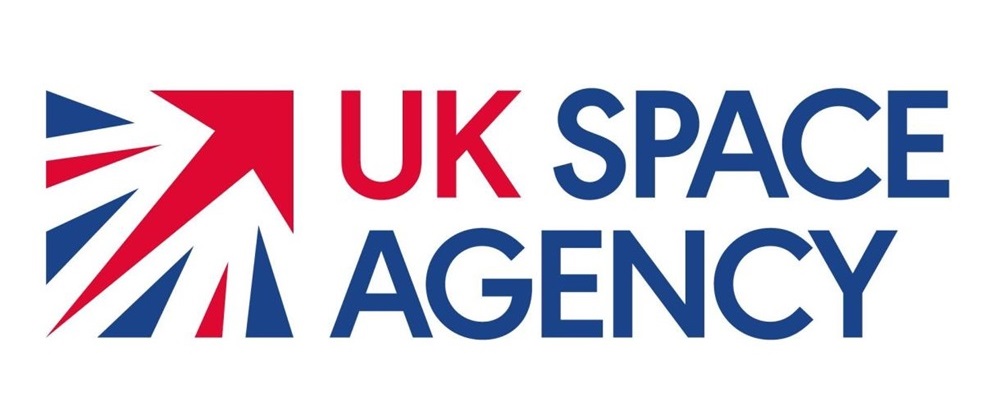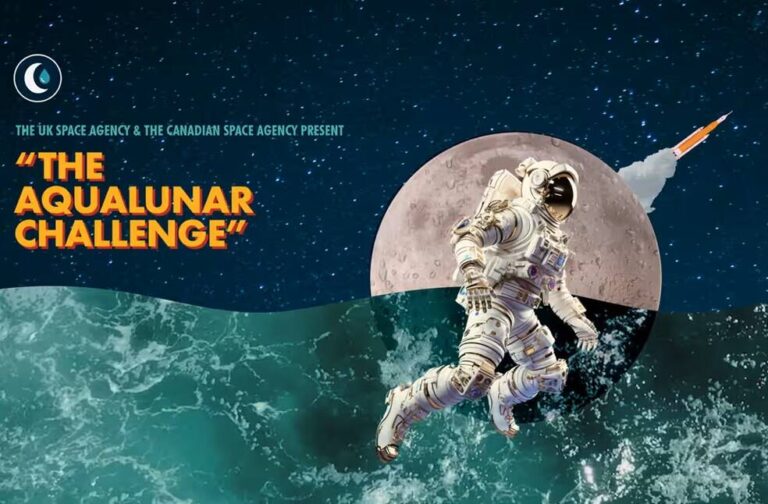United Kingdom: Inventors are trying to address the challenge of creating a reliable clean water supply on the moon, with one innovative approach involving a microwave oven from Tesco. As plans for a crewed lunar base advance, the need for a sustainable water source has become critical. Extracting and purifying water from ice in lunar craters at the south pole could provide drinking water, support crop growth, and be split into hydrogen for rocket fuel and oxygen for breathing.
The UK Space Agency has announced £30,000 ($37,500) in seed funding for each of 10 UK teams competing in the Aqualunar Challenge. The initiative aims to find viable solutions for lunar water production and purification. Lolan Naicker of Naicker Scientific Ltd, one of the finalists, expressed enthusiasm for the public challenge, which encourages diverse problem-solving approaches.
Naicker’s team plans to use a microwave oven to assist their “SonoChem System,” which employs powerful sound waves to create tiny bubbles in lunar water. These bubbles generate high temperatures and pressures, producing free radicals that break down contaminants. Naicker will start by repurposing a microwave from Tesco to integrate into their process.

While the concept is promising, significant challenges remain. The team must first convert lunar ice into liquid water in extremely cold, vacuum conditions. They have seven months to refine their ideas before the winners and runners-up are announced in spring 2025. The top three teams will receive a total of £300,000 ($375,000) to further develop their solutions, with an additional £600,000 ($750,000) available for Canadian-led teams.
Meganne Christian, a UK Space Agency reserve astronaut and chair of the Aqualunar Challenge judging panel, highlighted the timeliness of the challenge. With NASA’s Artemis mission aiming to return humans to the moon and recent discoveries of lunar water, the challenge is both timely and essential. Christian also noted that the technologies developed could have applications on Earth and in future space missions to other planetary bodies, like Mars.
Naicker sees potential beyond space applications, suggesting that their technology could be adapted for use in war-torn areas or regions with limited access to clean water.



